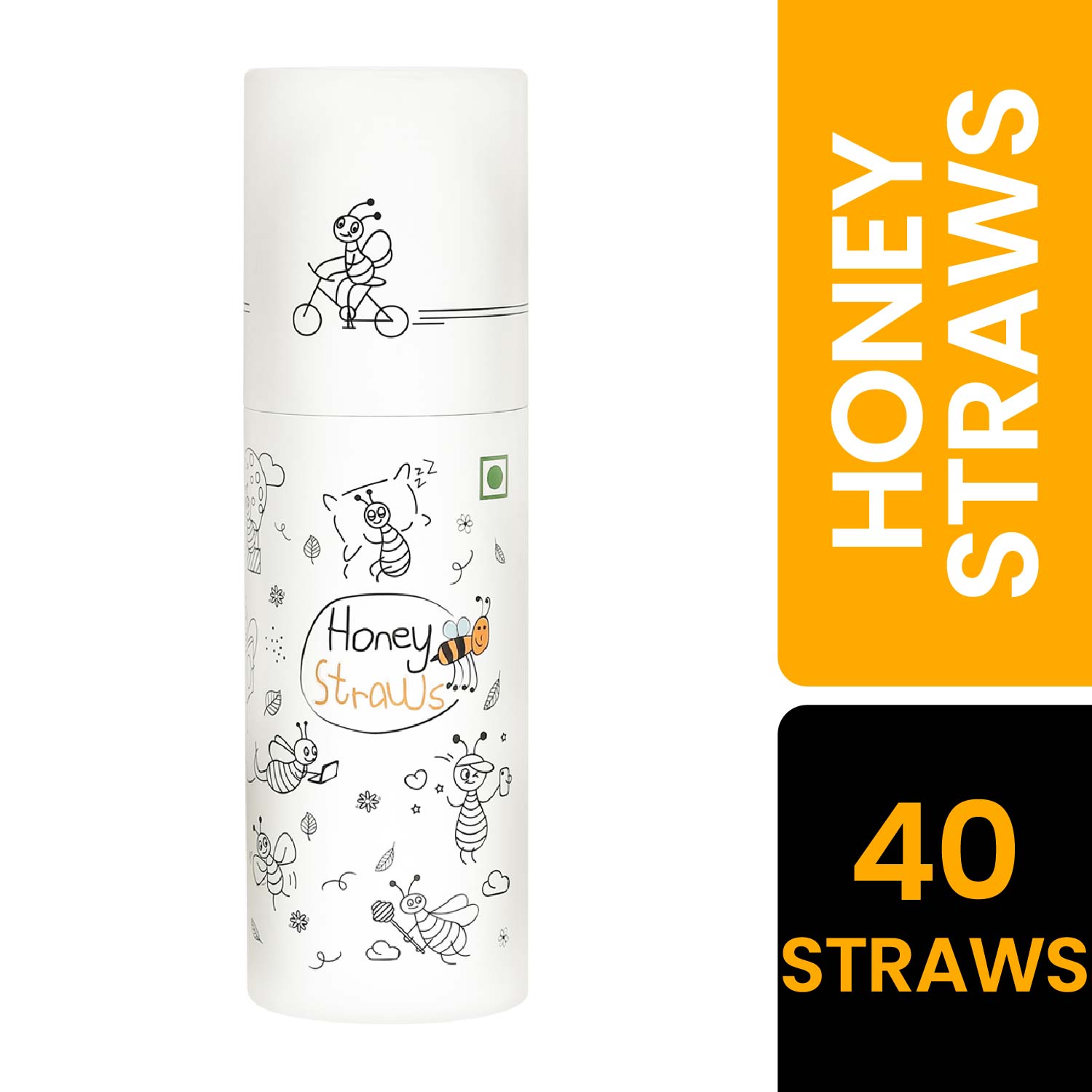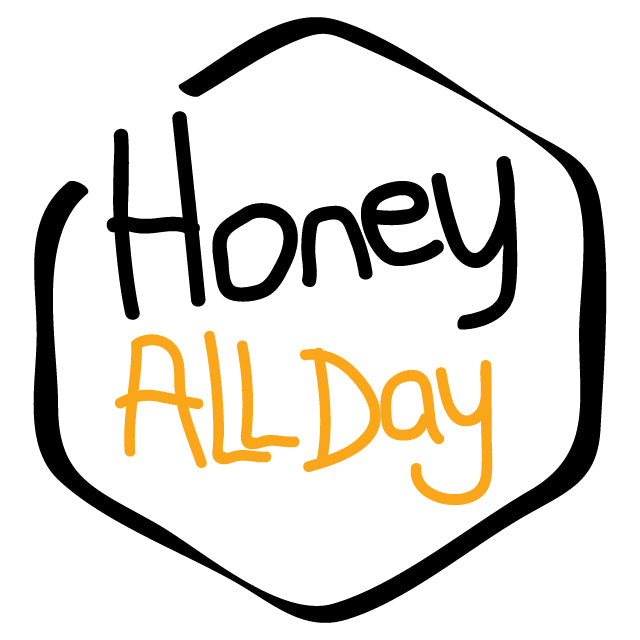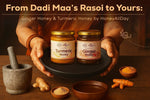Is there anything tastier than fresh, truly raw honey?
“The only reason for being a bee that I do know of is making honey… and therefore the only reason for creating honey is so I can eat it.” –Winnie-the-Pooh (1926) by A. A. Milne
Honeybees are amazing creatures. All summer long, they visit flowers within 5 km of their beehive, drinking up their sweet nectar, and returning it to the beehive. Once at the hive, they add enzymes to convert the sugars and use the warmth of the hive to evaporate the surplus water (nectar is about 80% water…but honey is a smaller amount than 18% water). When the honey is ripe, the bees cap the honeycomb cells with a skinny layer of beeswax.
Have you ever spread honey on toast? You combine it into a cup of tea or put it in your cereal. Most people agree that it’s an excellent addition to several foods. And it’s all due to honeybees! Have you ever wondered how beekeepers harvest honey from a beehive?
The truly raw honey harvest always seems like the last leg of a marathon, after we test our endurance. The heavy honey supers (the beehive boxes stuffed with honey) test our strength. The bees sometimes test our patience. The reward, the honey that’s the culmination of summer, is pure joy!
It seems honey harvesting is the method. Like most things beekeepers do, safety is important. Have you ever been stung by a bee? If so, you recognize it hurts. And, of course, some people are allergic to bees—stings can have dangerous consequences for them.
If you’re allergic to bees, we definitely don’t recommend becoming a beekeeper. But you ought to always watch out around a beehive. That’s why beekeepers wear special protective gear while near a hive.
Before harvesting honey, beekeepers place on long elbow-length gloves. They also wear a special hat with a veil that covers their face. Many wear overalls to forestall bee stings. After suiting up, they’re able to approach the hive.
Even when covered head-to-toe in protective clothing, beekeepers do their best to avoid direct contact with bees while harvesting honey. This can be safest for both the beekeeper and the bees themselves. Some people use a smoker to blow smoke around the entrance of the hive. This causes bees to maneuver to the underside of the hive, far from the honey. Others use a fume board that may drive the bees away with its smell.
Inside each beehive, there are wooden frames that hold the honeycombs. When bees make honey, they store it in these honeycombs. When a frame is full, they seal it with wax. To reap honey, beekeepers pull a frame from the hive and use a hot knife to chop away the wax. Many keep the wax to create candles.
The next step within the process involves a honey extractor. This is often a tool that takes the liquid honey out of a honeycomb without destroying the frame. That way, the frame will change into the hive and be used again. Once the honey gets cold processed for a few days and the further procedure continues, it’s able to be bottled and eaten.
When harvesting honey, it’s important to only take the extra honeycombs the bees don’t need. That’s very true when beekeepers harvest during fall. Bees need honey to survive over the winter. If you are taking an excessive amount of, the hive might not make it.
However, responsible harvesting doesn’t harm bees. Beekeepers push to shield their hives and do their best to not remove an excessive amount of honey. If you’re thinking of keeping bees, spend lots of time learning about the way to take care of a hive. It’s best to induce advice from an expert before you begin.
After all, bees play a very important part in our ecosystem. It’s important for people to try to do what they will to assist them. That’s very true for beekeepers who take responsibility for his or her care. Does one dream of harvesting fresh honey from your own backyard one day? Many think it’s a fun and rewarding hobby!





